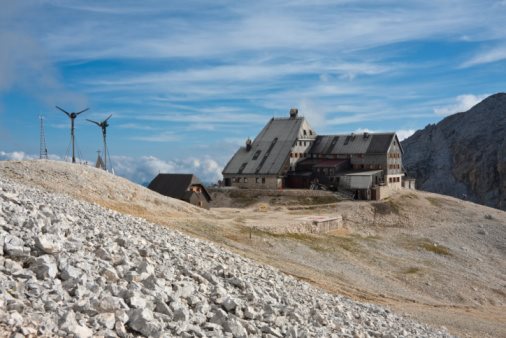
The Great Irish Famine was a devastating event that changed the course of Irish history and had far-reaching consequences around the world. From 1845 to 1852, Ireland was hit by a potato blight that destroyed most of the country’s potato crop, the main staple food for the poorest members of society. The Irish population, which had already been suffering from poverty and disease, had to endure even greater hardships, leading to a mass exodus of people seeking refuge and a new life elsewhere.
In this article, we will explore the story of the Great Irish Famine refugees and their experiences as they left Ireland in search of a better life. We will also examine the different ways in which the diaspora of Irish people impacted the countries they settled in and how the legacy of the famine still affects Ireland today.
The Famine and its Causes
To understand the Great Irish Famine and its impact on the Irish people, we must first look at the causes of the blight and the social and political context in which it occurred.
The potato, which had become a staple food for the rural poor in Ireland, was susceptible to disease, particularly a fungus called Phytophthora infestans. While other crops were affected by the blight, the potato was the most damaged, leading to widespread food shortages and famine.
The famine was made worse by the social and economic conditions of Ireland at the time. Ireland was a colony of Great Britain, and its economy was heavily dependent on agriculture, with many small farmers and workers living in poverty. The land was mainly owned by absentee English landlords, who demanded high rents, leaving little for the farmers to live on.
The British government’s response to the famine was inadequate, with policies that worsened the situation instead of helping. The government initially believed that the market would regulate the food supply, leading to an increase in prices, which made it impossible for the poor to buy food. Later the government provided some relief in the form of workhouses, but these institutions were overcrowded, underfunded, and often cruel. Workhouse inmates had to perform hard labor and subsist on a meager diet of bread and gruel, leading to many deaths from disease and malnutrition.
As a result of these factors, the Great Irish Famine was one of the most destructive events in Irish history, leading to the deaths of millions of people.
The Mass Exodus of Irish Refugees
With no relief in sight and worsening conditions, many Irish people had little choice but to leave the country in search of a better life. The mass exodus of Irish refugees began in the mid-19th century, with most of them traveling to North America, but also to other parts of the world, like Australia.
The journey was often arduous and dangerous, with many refugees traveling in overcrowded and unsanitary conditions, which increased the risk of disease. Many people did not survive the journey, and those who did arrived in a new country where they faced discrimination and poverty.
However, despite the challenges, the Irish refugees were often determined to succeed. They worked hard and created communities in their new countries, eventually rising to positions of influence and power. For example, the Irish in the United States played a significant role in politics, business, and culture, with many prominent figures of Irish descent, such as John F. Kennedy, Ronald Reagan, and Bono.
The Legacy of the Famine
The Great Irish Famine had a lasting impact on Ireland and its people, both at home and abroad. Today, the legacy of the famine can still be felt in various ways.
In Ireland, the famine led to a decline in population, a loss of culture, and a shift in political power. The population of Ireland, which had previously been growing, declined by one-third due to the famine and emigration. The subsequent loss of labor and cultural knowledge had long-lasting effects on the country’s social and economic development.
Moreover, the Great Irish Famine led to a shift in political power in Ireland. The failure of the British government to act adequately during the famine led to a greater push for Irish independence, a movement that eventually led to the establishment of the Irish Free State in 1922.
The diaspora of Irish people also had significant impacts on the countries they settled in. The Irish have had a significant influence on American culture, with Irish Americans contributing to literature, music, and politics. In Australia, the Irish helped to build railways, mines, and farms, and today, they are one of the country’s largest ethnic groups.
The Irish diaspora has also played a crucial role in maintaining links between Ireland and their adopted countries. The Irish government has recognized this contribution, and in recent years, has made efforts to reach out to Irish communities around the world through initiatives like the Global Irish Network.
Conclusion
The Great Irish Famine had far-reaching consequences that changed the course of Irish history and the lives of millions of people. The mass exodus of Irish refugees was a response to desperate conditions, and their journey was often perilous. However, despite the challenges, the Irish diaspora has had a significant impact on the countries they settled in, and their legacy can still be seen today.
Ireland and the world owe a great debt to the Great Irish Famine refugees, who endured unimaginable hardship and helped to build the countries they settled in. The legacy of the Famine serves as a reminder of the resilience and strength of the Irish people and their ability to overcome adversity. The story of the Great Irish Famine refugees is one of hope and determination, and it continues to inspire generations today.
Displaced persons may be causally related to various natural disastersThis led to the widespread immigration of Irish nationals to American shores the many other countries.






















